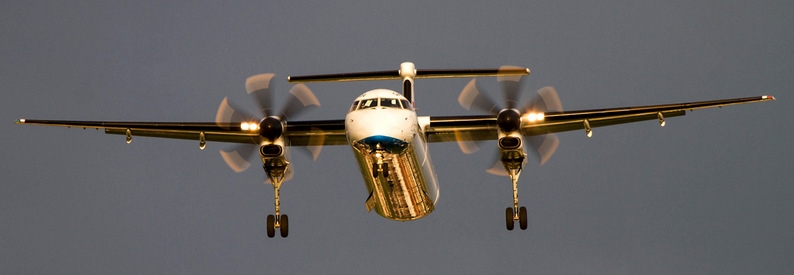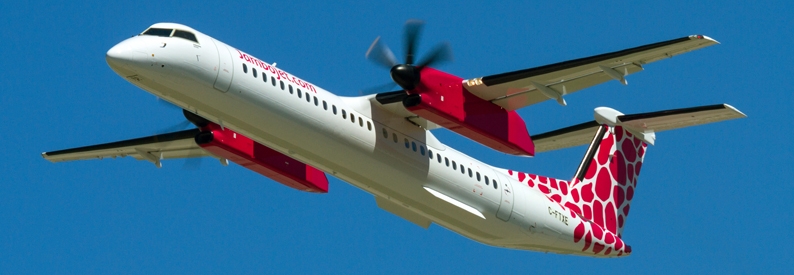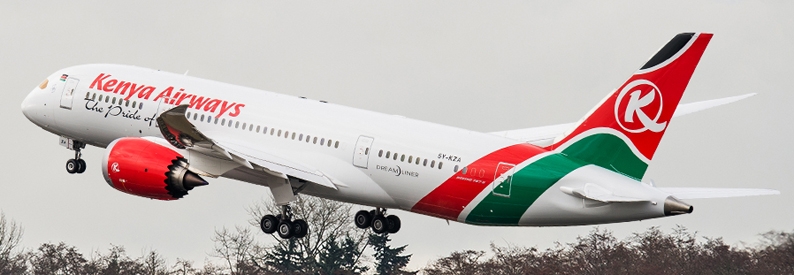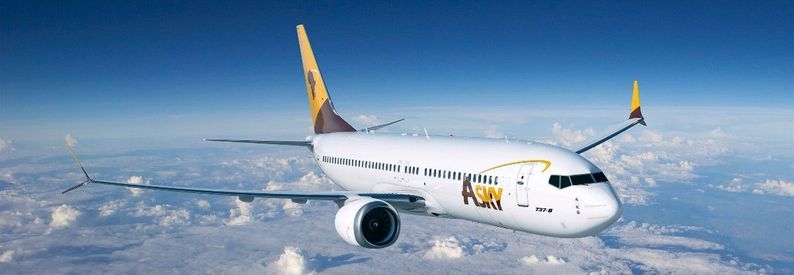Kenya Airways (KQ, Nairobi Jomo Kenyatta) plans to invest in mid-life fleet upgrades and fuel-efficiency retrofits while expanding its cargo operations following a financial turnaround in the 2024 financial year, according to acting chief financial officer Mary Mwenga.
Rather than chase expensive fleet renewals, Kenya Airways is opting for fiscal prudence, she explained in an interview with Nairobi-based business news provider Soko Directory. It will also be looking for more flexible lease terms that align with seasonal demand.
"It’s about matching capacity to market reality," she said. "We’ve become very deliberate in how we structure our operations - the goal is agility without overexposure."
According to the ch-aviation Commercial Aviation Aircraft Data module, the operating leases of at least four of Kenya Airways' fleet of nine leased B737-800s are ending in 2026, three more in 2027, one in 2028, and one in 2030. In its widebody fleet, three of its nine B787-8s are leased, with the contracts of two expiring in 2027.
Currently, four of the airline's Boeing aircraft remain in maintenance, three B787-8s and one B737. The airline has blamed a shortage of maintenance slots and supply chain shortages affecting the availability of engines and spare parts.
The regional fleet of E190s is being phased out, with nine of the 15 of them AOG at present.
Positive shift
The national carrier posted an after-tax profit of KES5.4 billion shillings (USD41.8 million) in the 2024 fiscal year, reversing a loss of KES22.6 billion (USD175 million) the year before. The profit marks a 124% improvement and signals a shift driven by its multi-year restructuring plan, labelled Project Kifaru.
The airline saw total revenue grow 6% to KES188 billion (USD1.45 billion), driven by a 4% rise in passenger traffic and a 25% jump in cargo tonnage. Mwenga said Kenya Airways aims to capitalise on this cargo momentum, especially in high-margin segments like perishables.
"This wasn’t luck. It was strategy, discipline, and execution," she commented. "Project Kifaru has guided us through cost discipline, smarter route planning, digitisation, and operational sustainability. FY24 is the first real glimpse of its impact."
She said that operational efficiencies, digital transformations, and strategic alliances - particularly with KLM Royal Dutch Airlines - have underpinned the turnaround. Maintenance and catering costs declined as the airline embraced strategic outsourcing and artificial intelligence-powered systems.
Kenya Airways has also strengthened its balance sheet by reducing debt, improving its debt-to-equity ratio through positive cash flow and renegotiating foreign debt terms. Revenue growth in cargo and pro-active forex and fuel hedging have helped mitigate currency risks and stabilise cash flow. "This year, our fuel hedging strategies saved us millions, and our working capital management ensured we didn’t need to go hunting for liquidity," she disclosed.
Looking forward, she said that Kenya Airways plans to deepen its cargo strategy, expand AI-driven route planning, and pursue flexible leasing arrangements tailored to seasonal demand.







